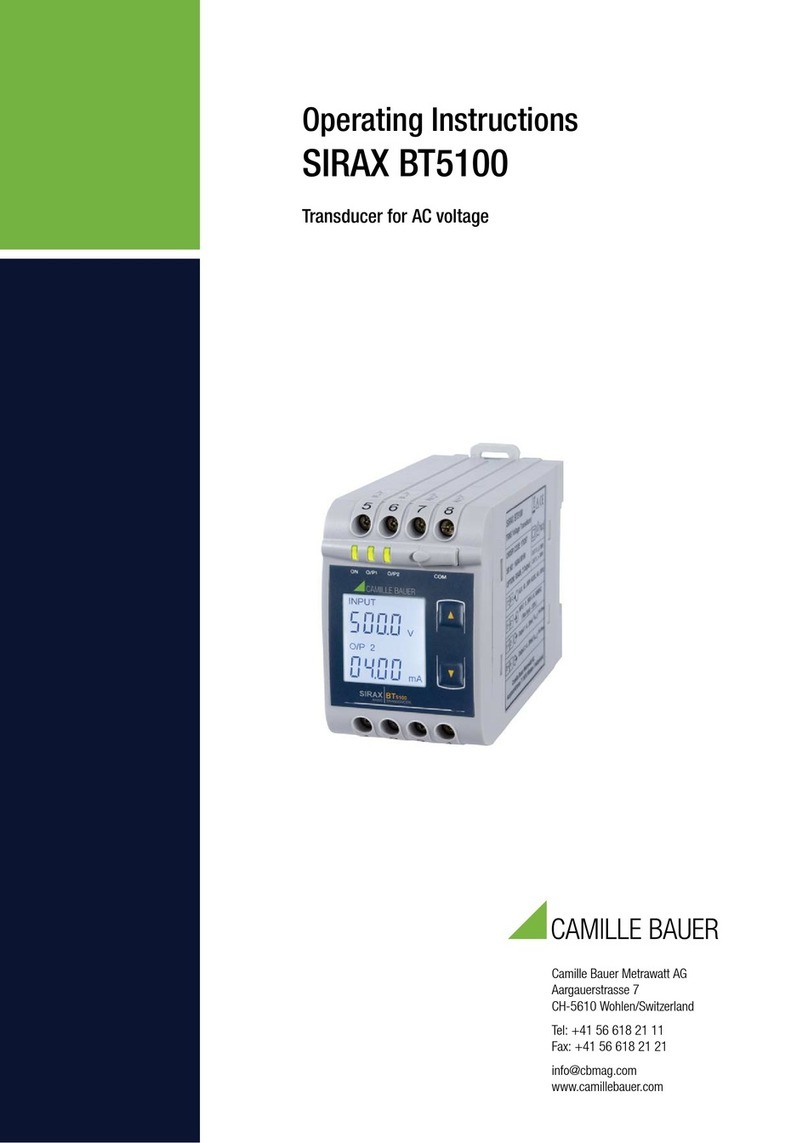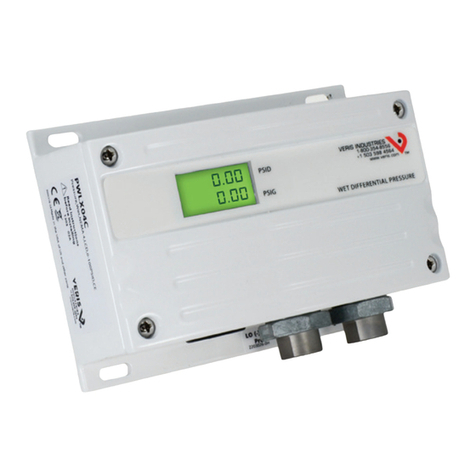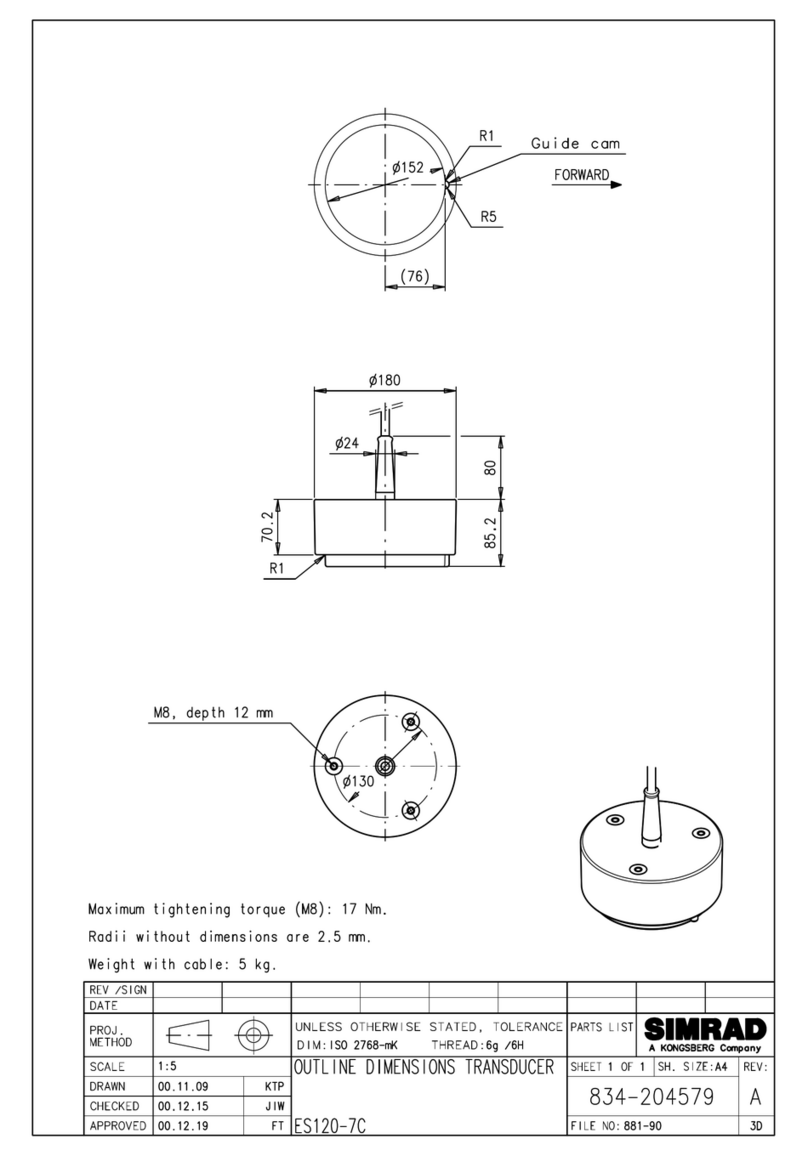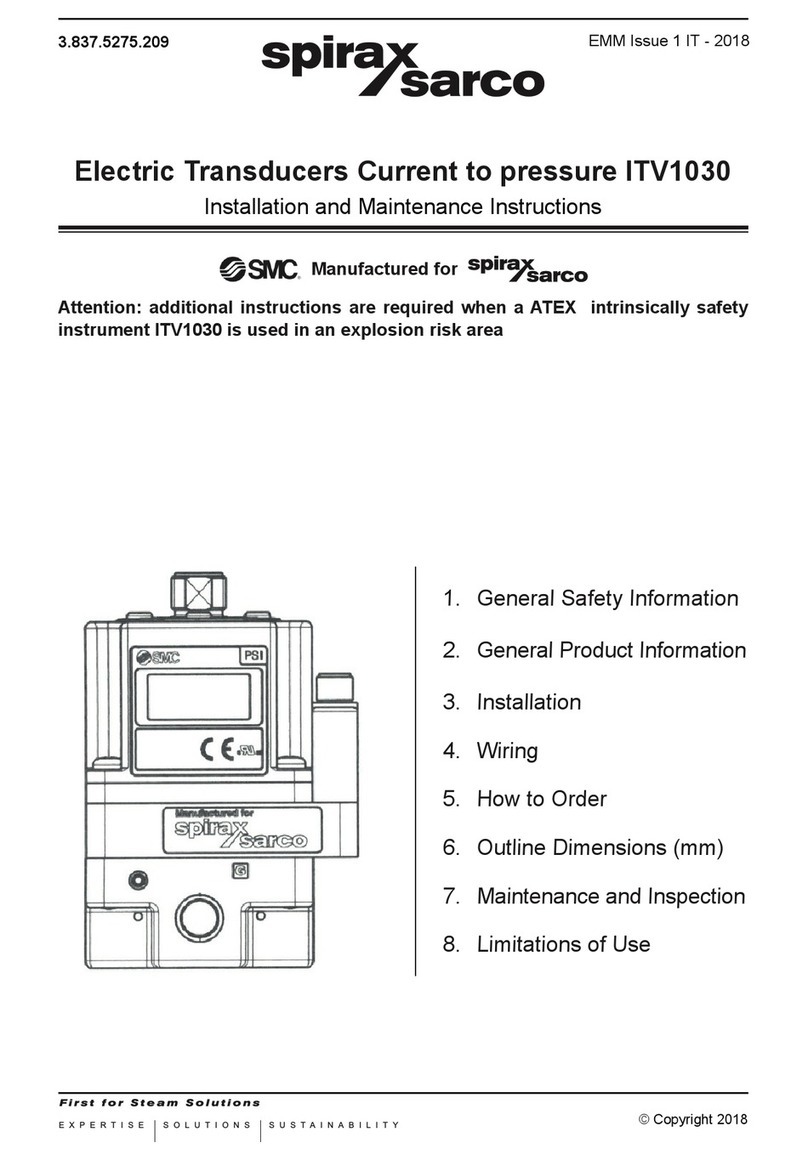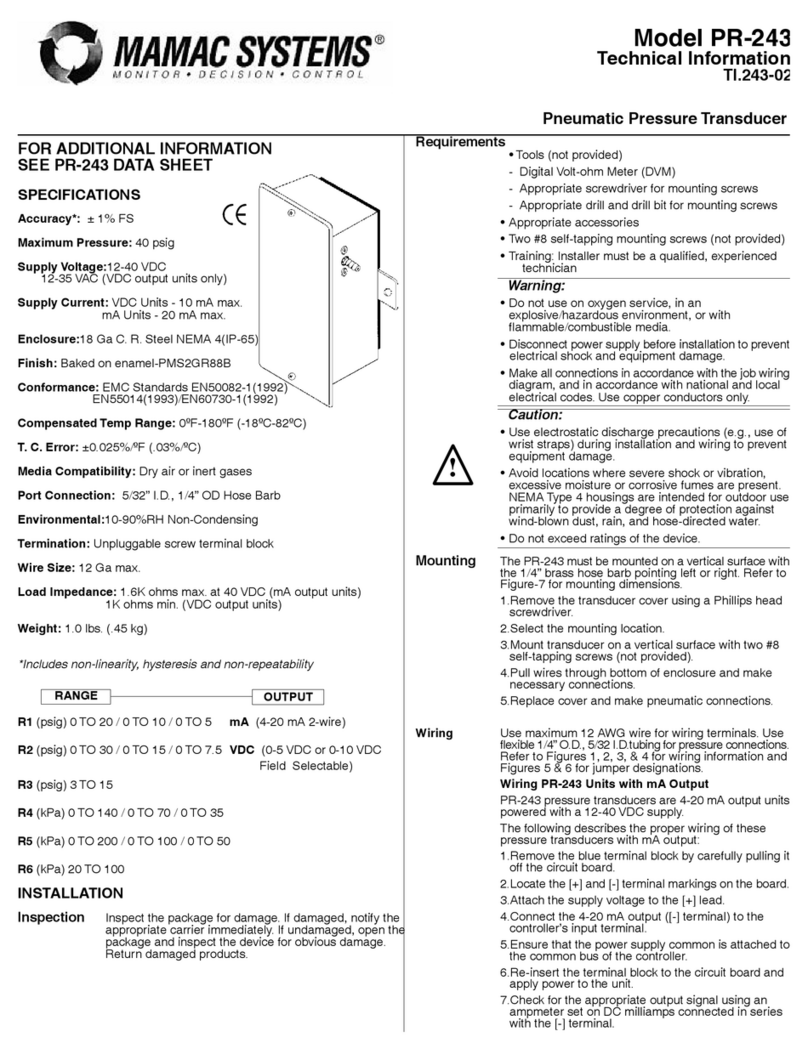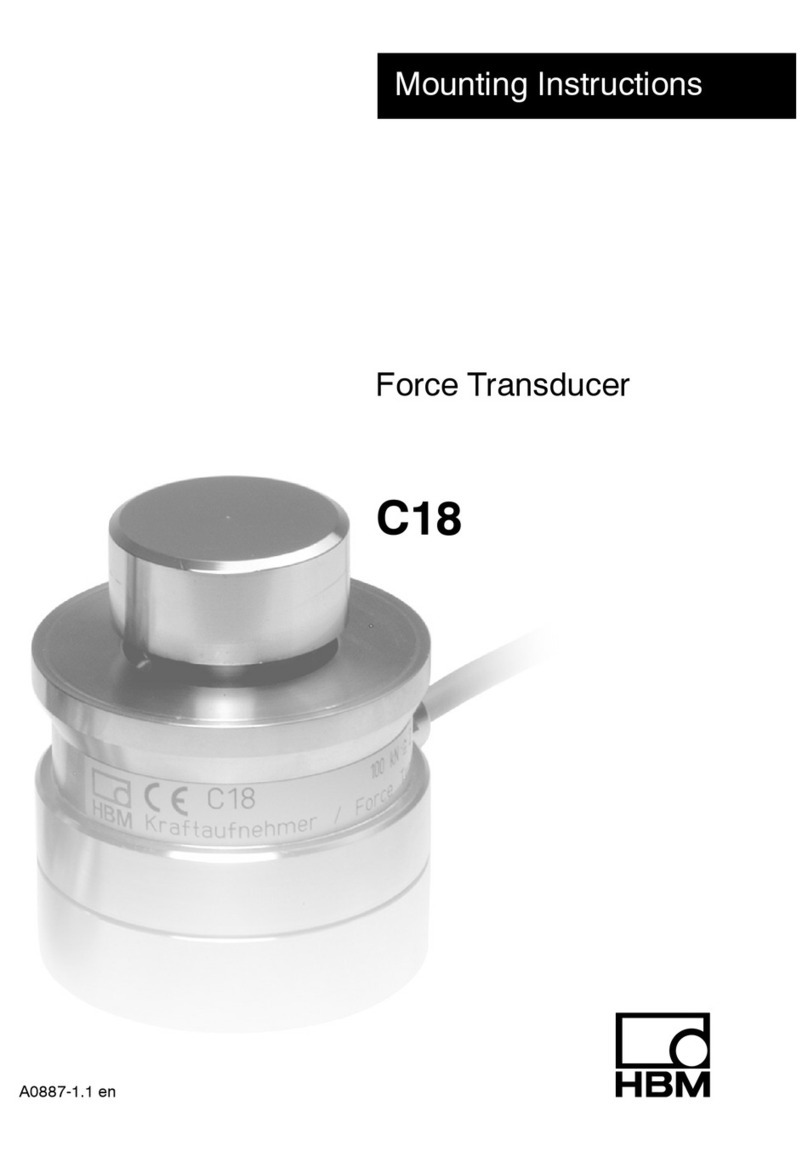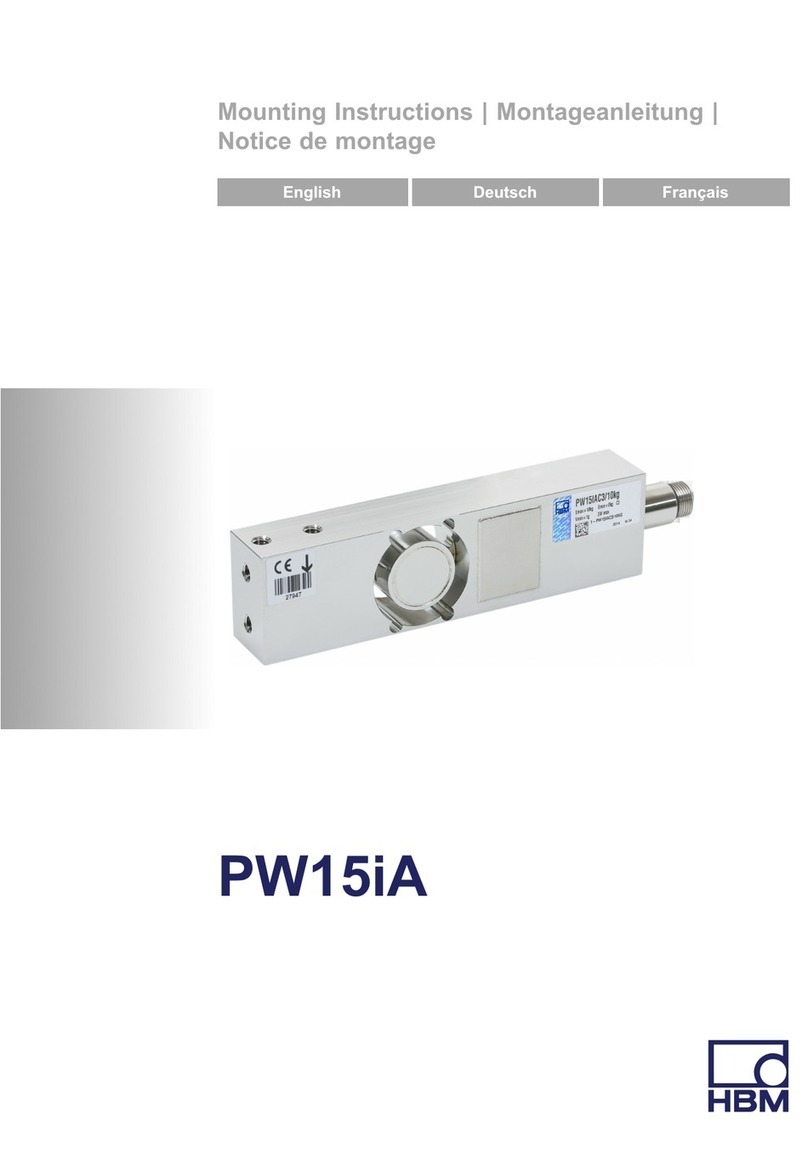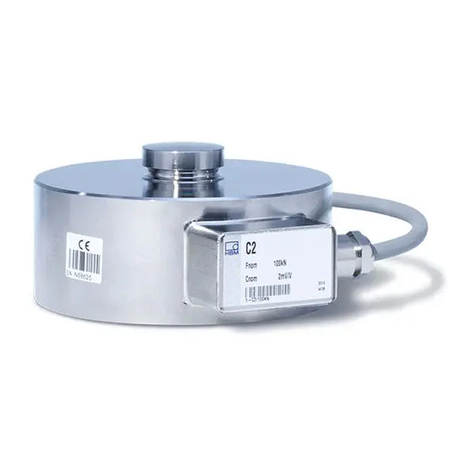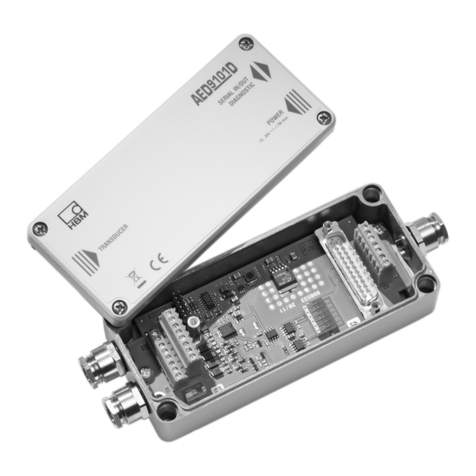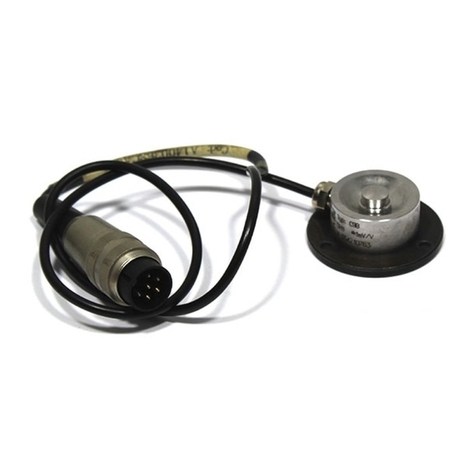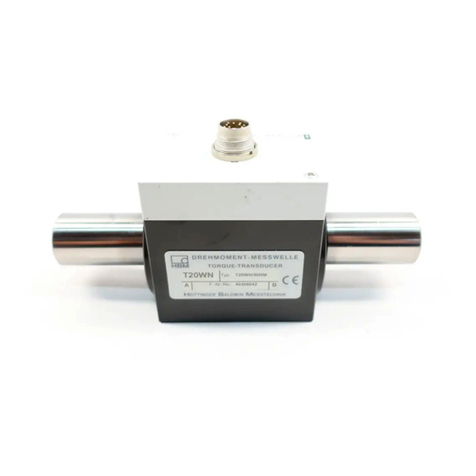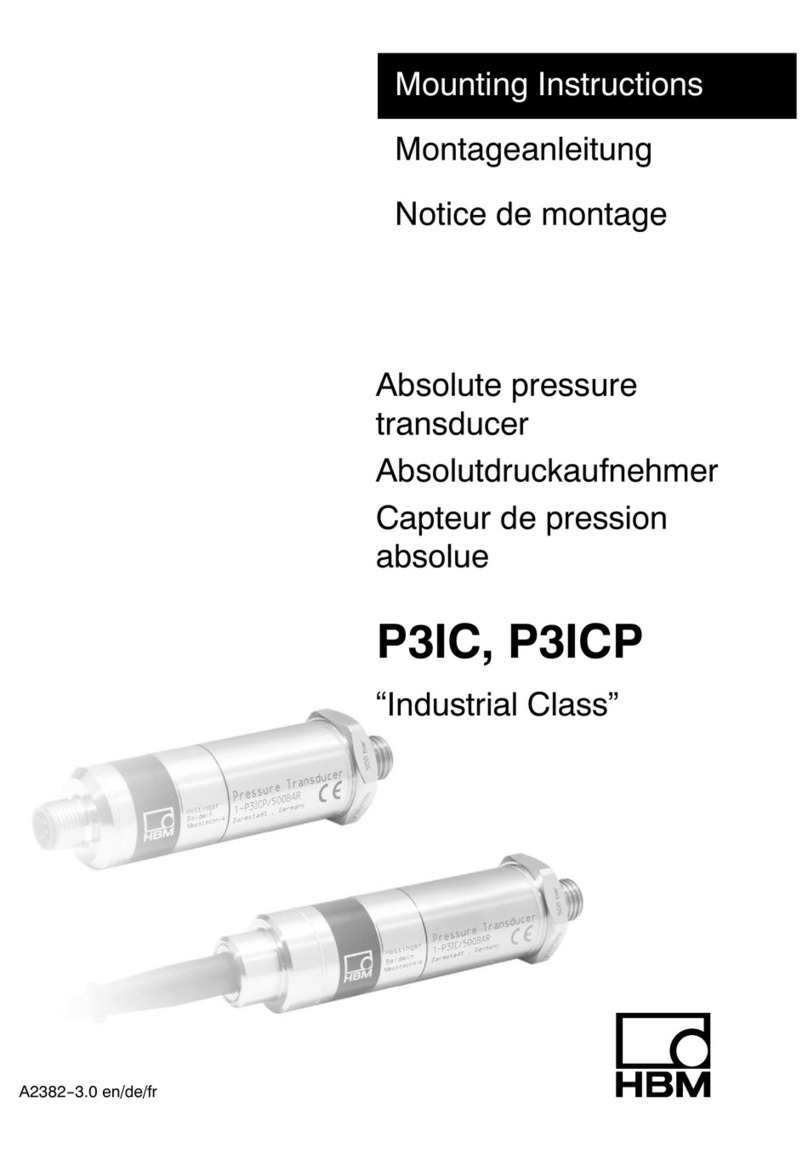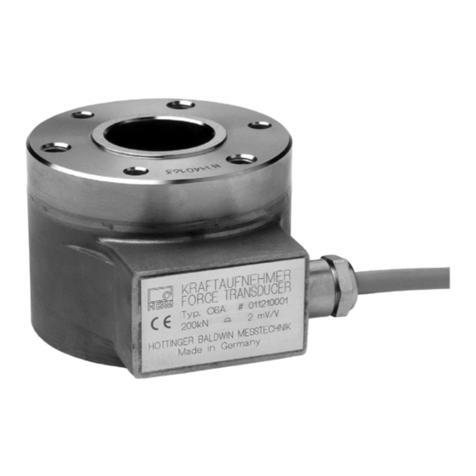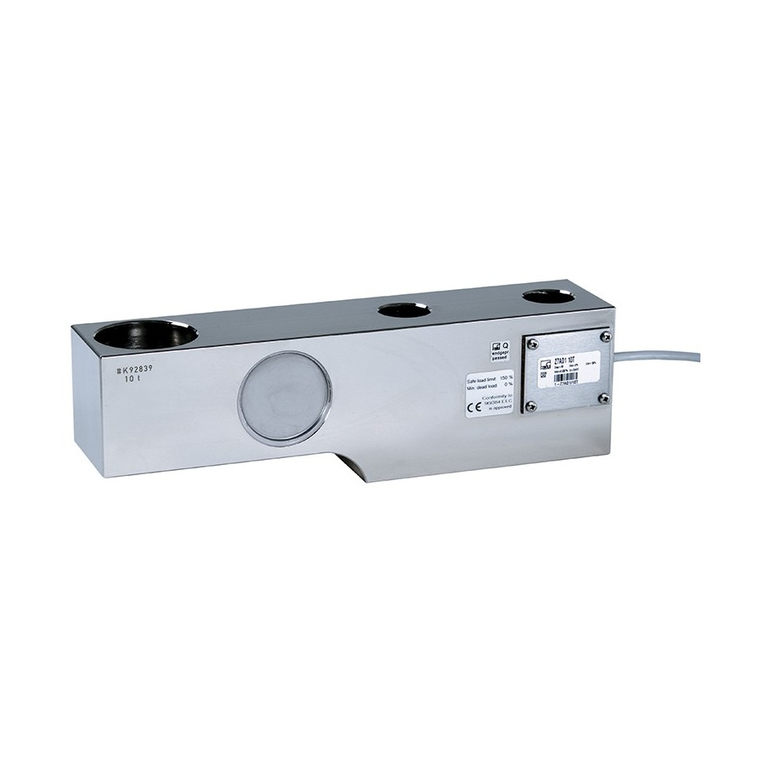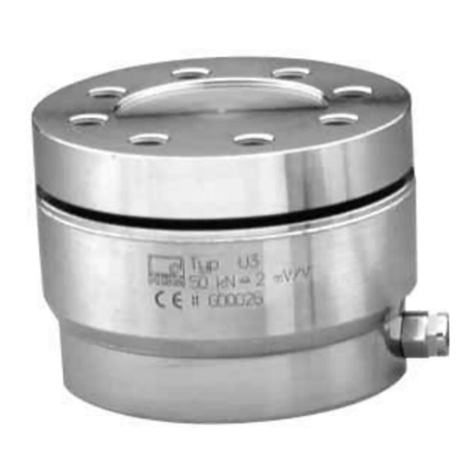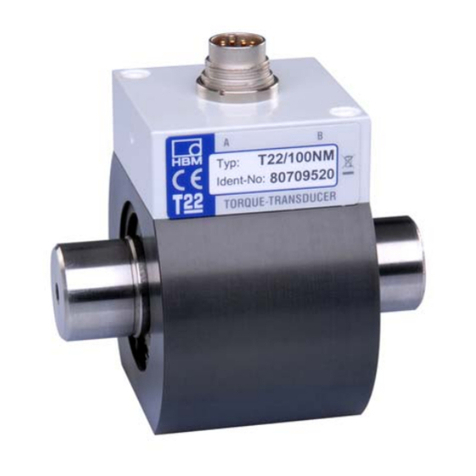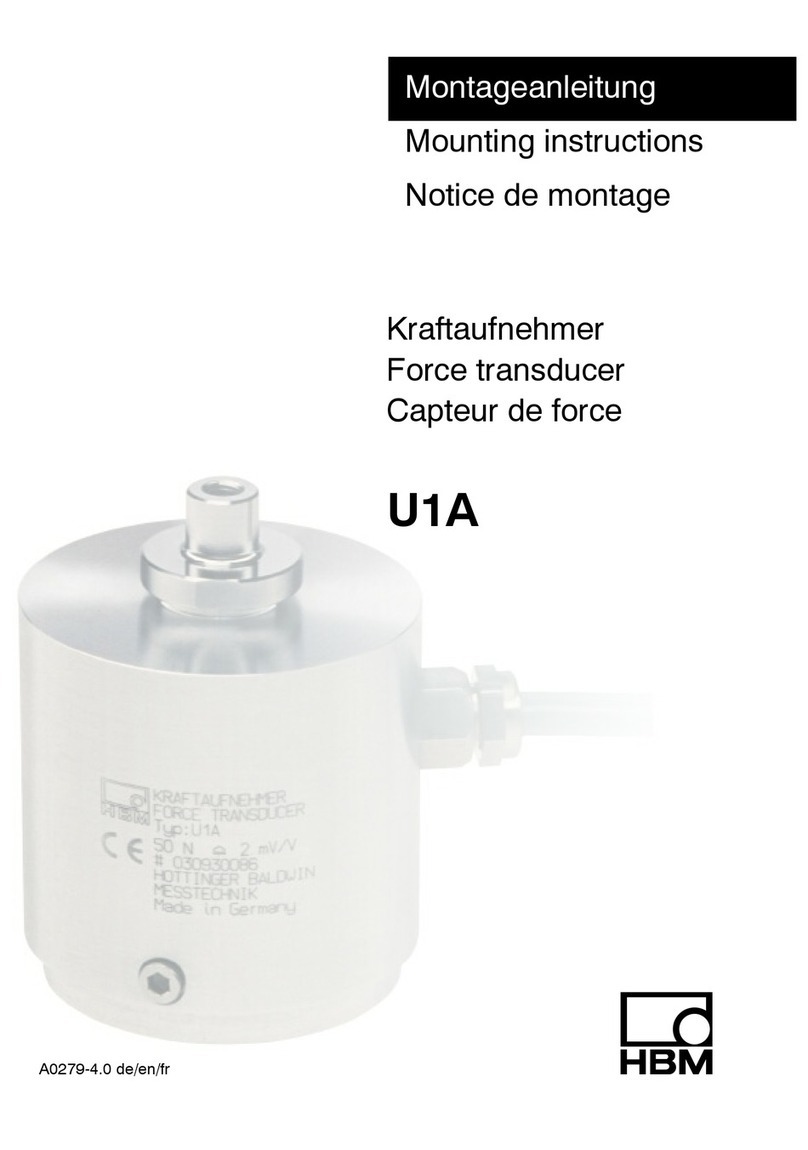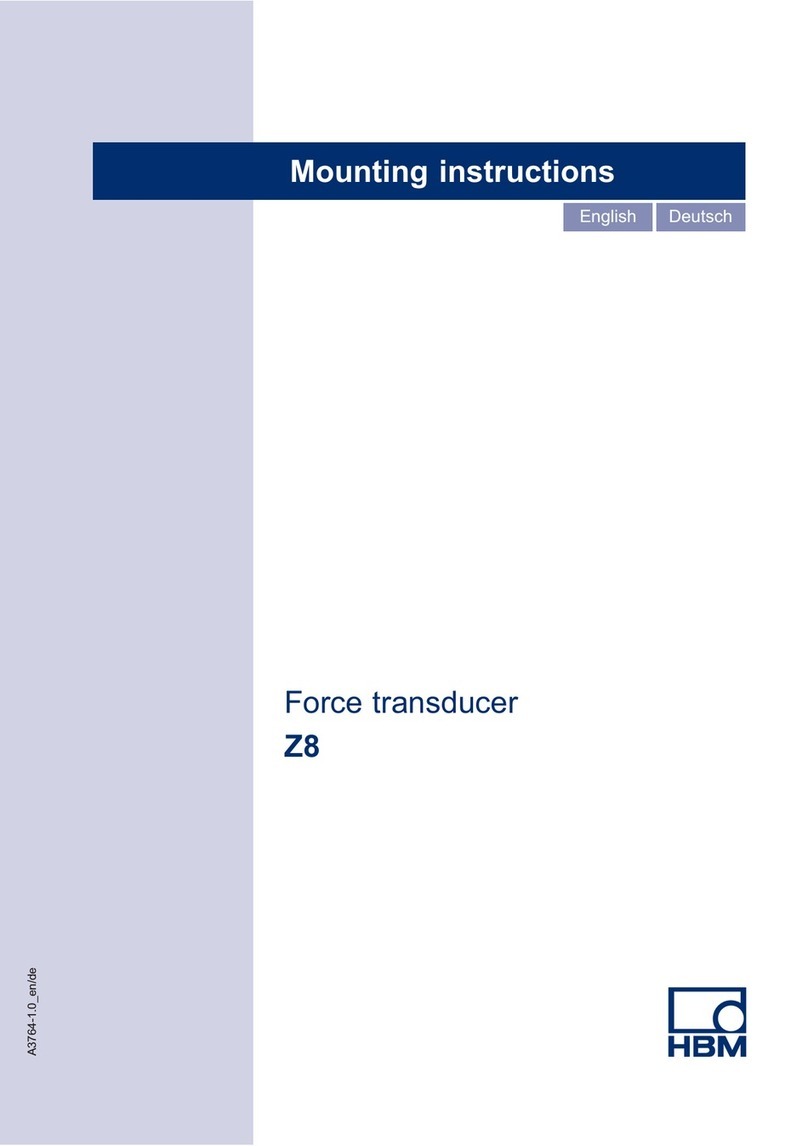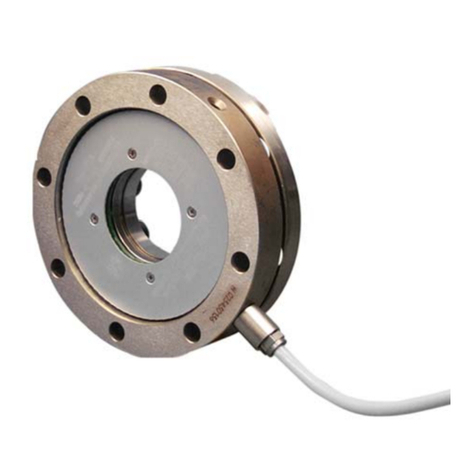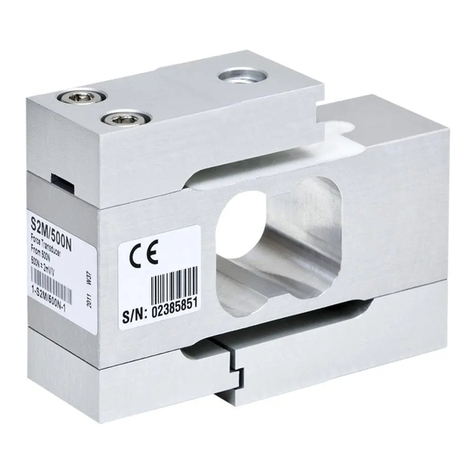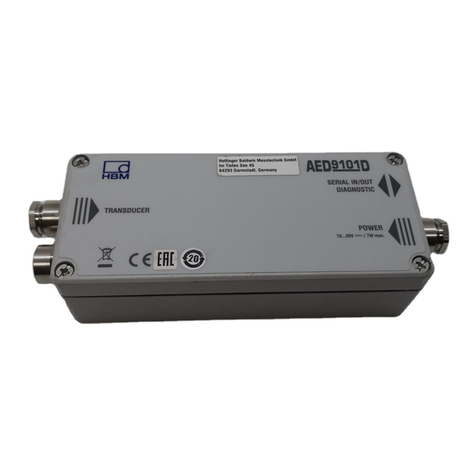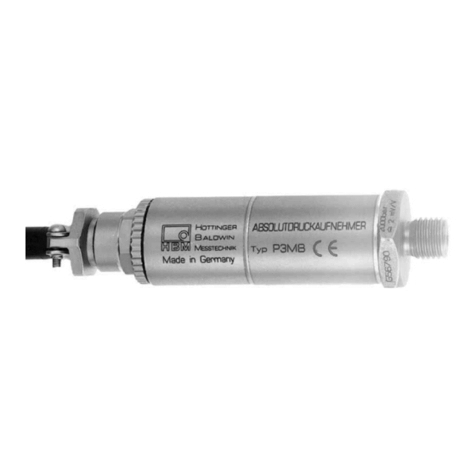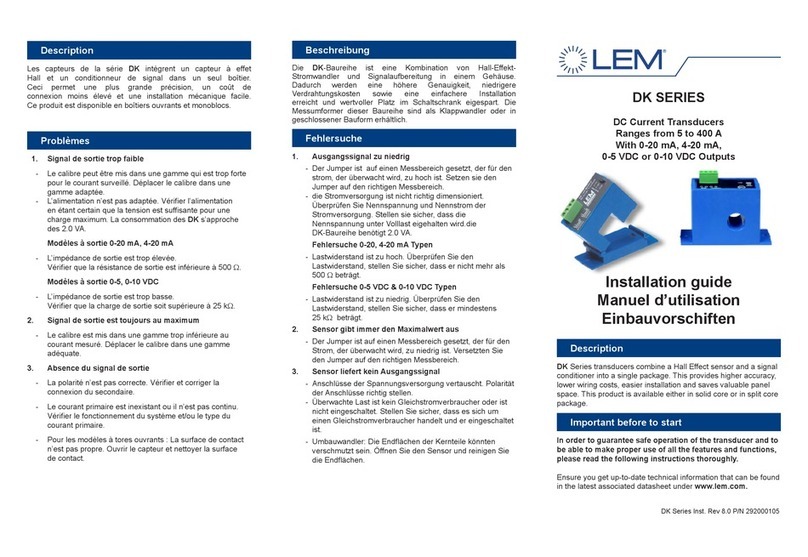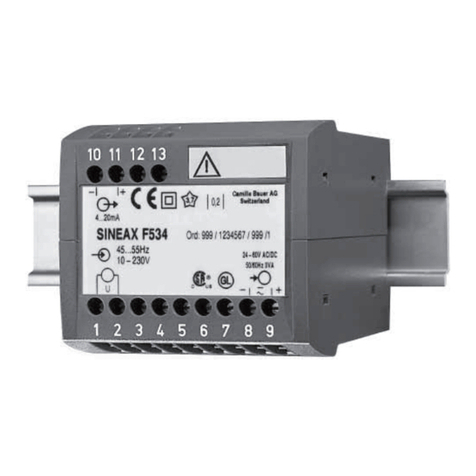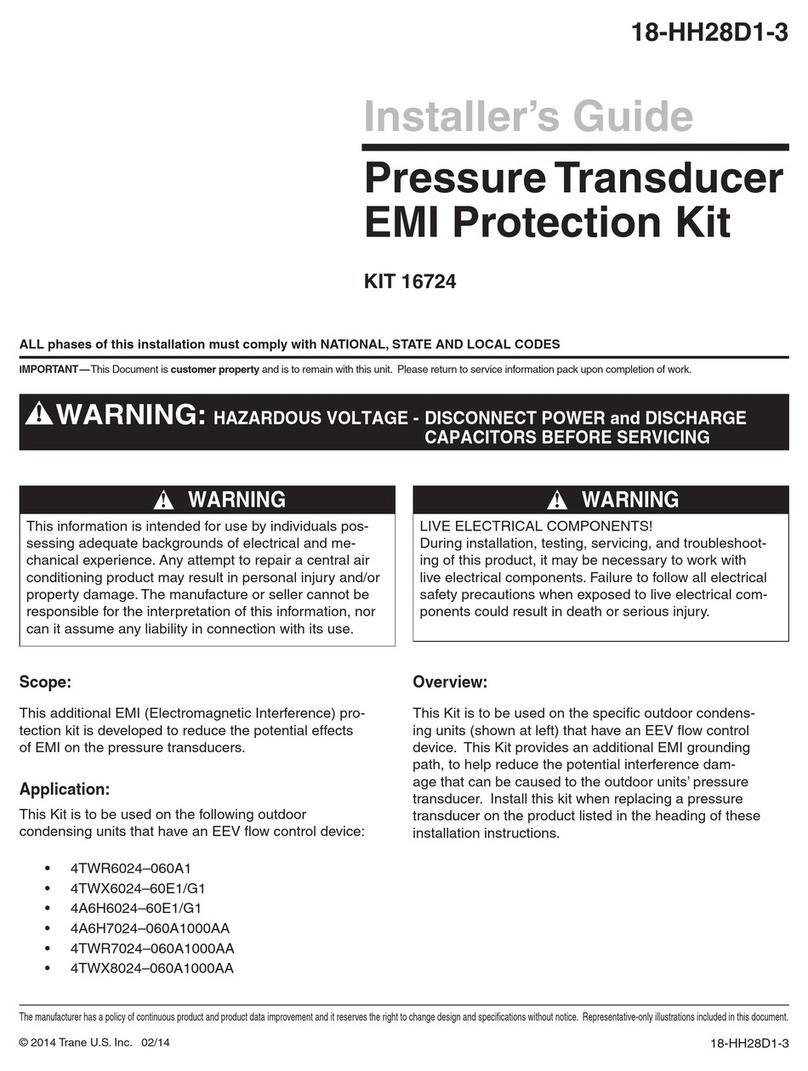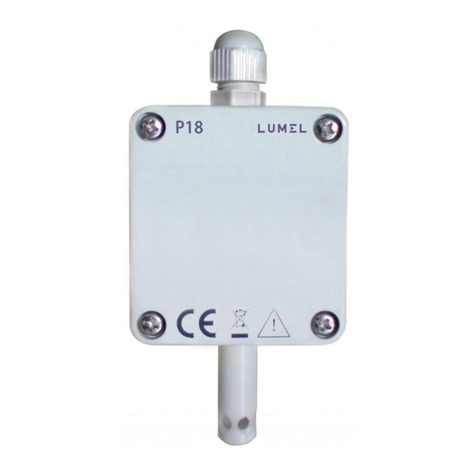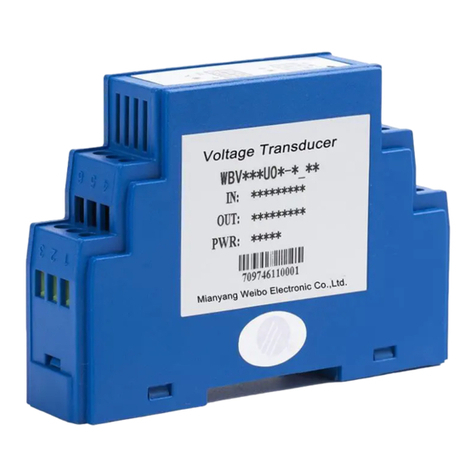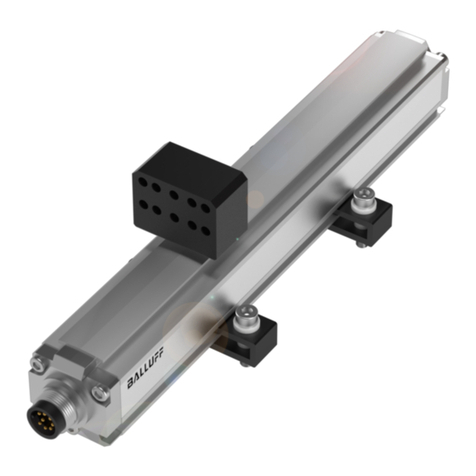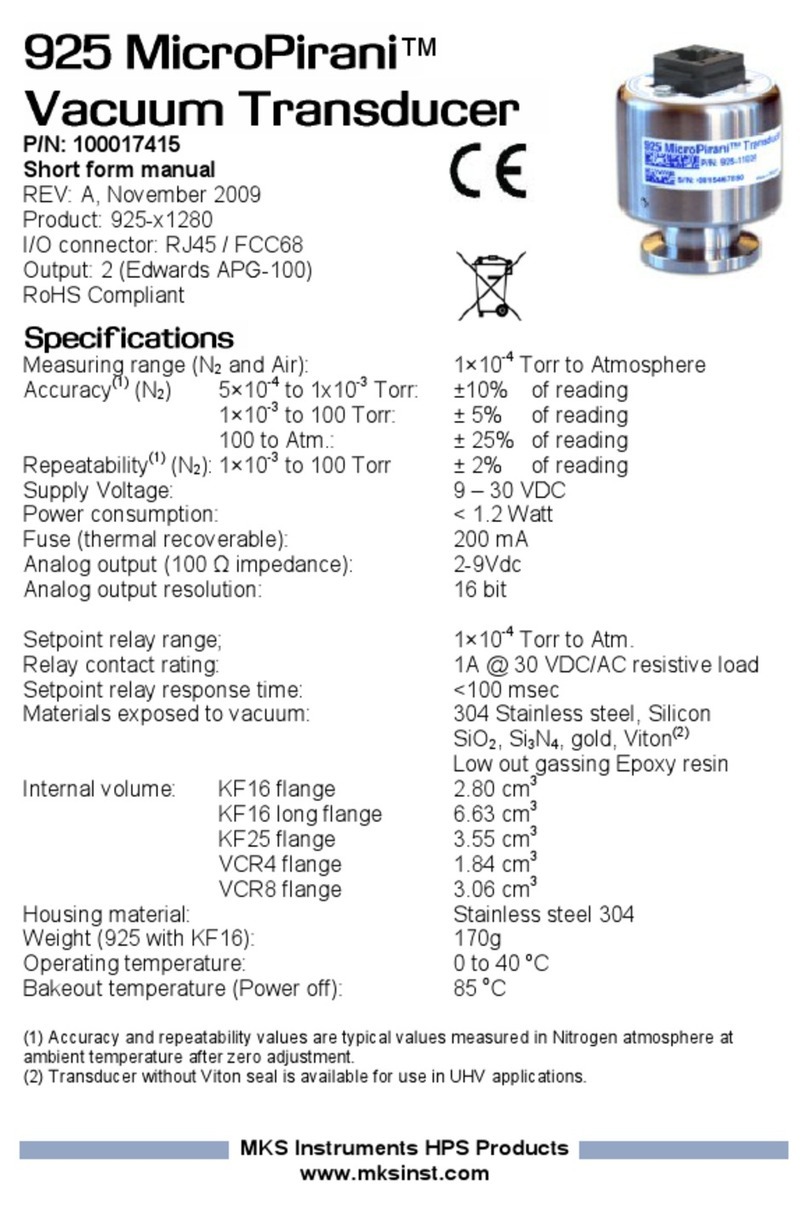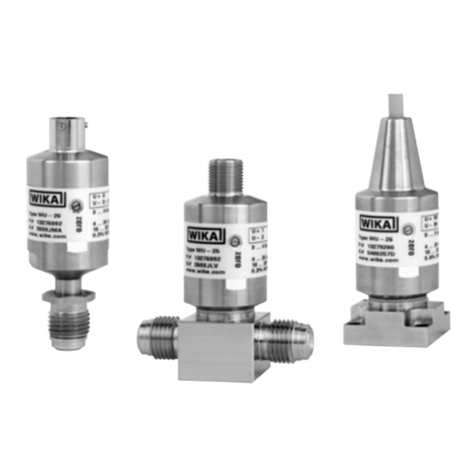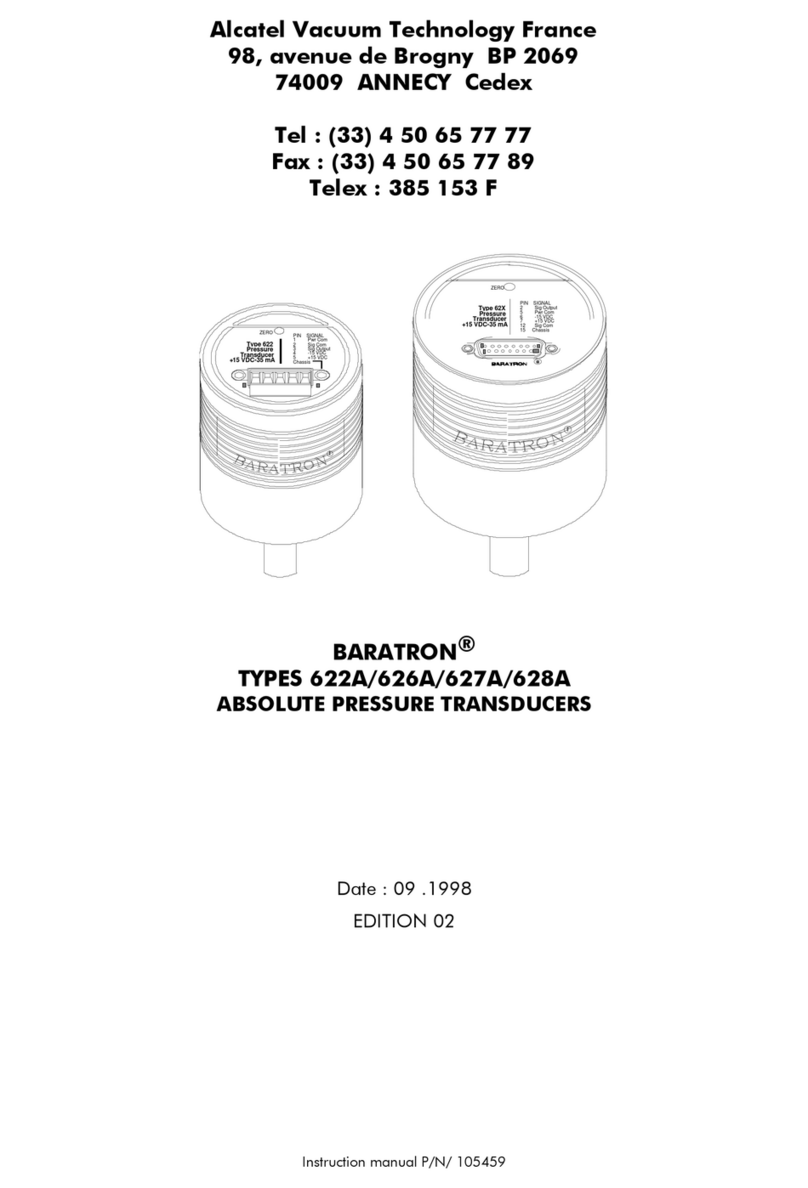
4SLB-700A
HBM A2112-1.0 de/en/fr
Sicherheitshinweise
Bestimmungsgemäßer Gebrauch
Der Dehnungsaufnehmer SLB700A ist für statische und dynamische Deh-
nungsmessungen zu verwenden. Jeder darüber hinausgehende Gebrauch gilt
als nicht bestimmungsgemäß.
Zur Gewährleistung eines sicheren Betriebes darf der Aufnehmer nur nach
den Angaben in der Montageanleitung verwendet werden. Bei der Verwen-
dung sind zusätzlich die für den jeweiligen Anwendungsfall erforderlichen
Rechts-und Sicherheitsvorschriften zu beachten. Sinngemäß gilt dies auch
bei Verwendung von Zubehör.
Der Aufnehmer ist kein Sicherheitselement im Sinne des bestimmungsgemä-
ßen Gebrauchs. Der einwandfreie und sichere Betrieb dieses Aufnehmers
setzt sachgemäßen Transport, fachgerechte Lagerung, Aufstellung und Mon-
tage sowie sorgfältige Bedienung und Instandhaltung voraus.
Allgemeine Gefahren bei Nichtbeachten der Sicherheitshinweise
Der Dehnungsaufnehmer SLB700A entspricht dem Stand der Technik und ist
betriebssicher. Von den Aufnehmern können Restgefahren ausgehen, wenn
sie von ungeschultem Personal unsachgemäß eingesetzt und bedient wer-
den.
Jede Person, die mit Aufstellung, Inbetriebnahme, Wartung oder Reparatur
eines Kraftaufnehmers beauftragt ist, muss die Montageanleitung und insbe-
sondere die sicherheitstechnischen Hinweise gelesen und verstanden haben.
Restgefahren
Der Leistungs- und Lieferumfang des Aufnehmers deckt nur einen Teilbereich
der Kraftmesstechnik ab. Sicherheitstechnische Belange der Kraftmesstech-
nik sind zusätzlich vom Anlagenplaner/Ausrüster/Betreiber so zu planen, zu
realisieren und zu verantworten, dass Restgefahren minimiert werden. Jeweils
existierende Vorschriften sind zu beachten. Auf Restgefahren im Zusammen-
hang mit der Kraftmesstechnik ist hinzuweisen.

